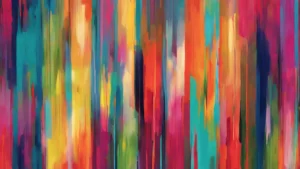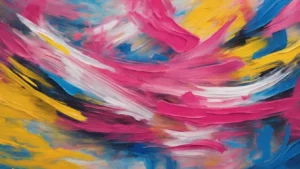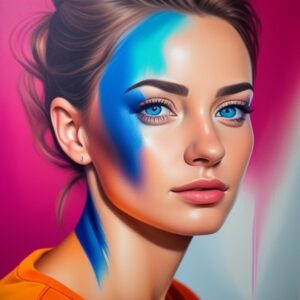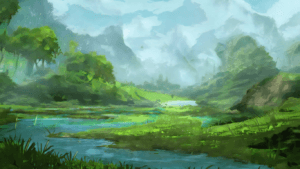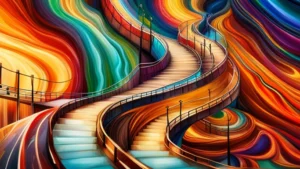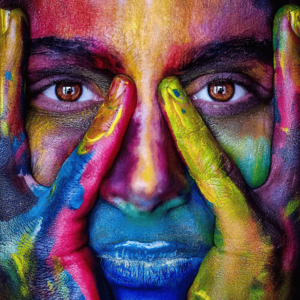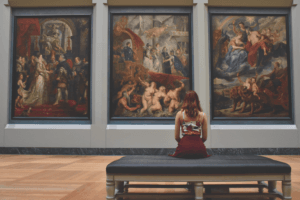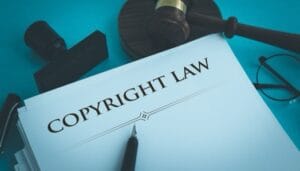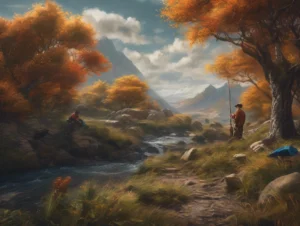
What is Photorealism?
Embracing the Beauty of Photorealism: Photorealism stands as one of the most fascinating and technically demanding movements in traditional art. Emerging in the late 20th century, photorealism bridges the gap between painting and photography, challenging the very notion of what a painting can be. But what exactly is photorealism in traditional art, and why has it captivated artists and viewers alike for decades? In this blog post, we’ll explore the origins, techniques, and philosophical questions behind this beloved art style, while considering its place in the broader context of art history. Defining Photorealism: At its core, photorealism is a genre of art in which an artist meticulously reproduces a photograph as realistically as possible using traditional media, such as oil paint, acrylics, or colored pencils. The aim is not simply to imitate a photograph, but to create a painting or drawing so detailed and precise that, at first glance, viewers might mistake it for a photograph. A photorealist work often includes details that a camera would capture—reflections, shadows, complex textures, and even the optical distortions or lens flares inherent in photography. This attention to detail is not just technical bravado; it’s a deliberate attempt to engage with the visual language of photography through the slower, more deliberate processes of traditional art. The Origin of Photorealism: Photorealism developed in the United States in the late 1960s and early 1970s, as a response to both Pop Art and Abstract Expressionism. Where Abstract Expressionism celebrated spontaneity, gesture, and the artist’s emotional state, photorealism was cool, methodical, and detached. Artists such as Chuck Close, Richard Estes, Audrey Flack, and Ralph Goings became leaders of the movement, using photographs as the basis for their paintings. The movement was partly a reaction to the proliferation of photography and mass media images. With cameras becoming increasingly accessible, the boundaries between photography and painting began to blur. Photorealists embraced this shift, using photographs not just as references but as the very foundation of their art. They would typically project a photograph onto a canvas, trace its outlines, and then painstakingly render every nuance with brushes and paints. Interested in art movements? Check out my post on 25 popular art styles. Key Techniques in Photorealistic Painting: Achieving photorealism requires a mix of artistic skill, patience, and technical know-how. Here are some of the fundamental techniques used by photorealist artists: 1. Projection and Gridding Most photorealists begin an artwork by transferring a photograph onto their working surface. This can be done by: Projecting Projecting the image onto the canvas and lightly tracing the major lines and shapes. Gridding Using a grid system, where both the photograph and the canvas are divided into matching squares, allowing for accurate transfer of proportions and placement. This initial step ensures that the composition and scale of the final work matches the source photograph. 2. Layering and Glazing Photorealists often build up their paintings in thin layers. This technique, known as glazing, involves applying translucent layers of paint to achieve depth and subtle shifts in color. This is particularly important for rendering reflective surfaces, skin tones, and the interplay of light and shadow. 3. Attention to Detail Photorealistic works are defined by their extraordinary attention to detail. Artists may spend weeks or even months on a single painting, capturing every reflection, wrinkle, or texture visible in the source photograph. Tools such as fine brushes, magnifying glasses, and even airbrushes are commonly used to achieve the desired level of precision. 4. Color Matching Matching the colors of the photograph is crucial. Many photorealists mix their paints with scientific precision, sometimes using color charts or digital tools to get the exact hue and value needed for a particular area. Photorealism vs. Hyperrealism: Photorealism is often confused with hyperrealism, but there are subtle differences. While both styles aim for a high degree of realism, hyperrealism typically goes beyond mere imitation of a photograph. Hyperrealist works may amplify details to a level not possible in photography, or introduce narrative and emotional elements that invite deeper interpretation. Photorealism, by contrast, remains closely tied to the photographic source, often emphasizing the mechanical objectivity of the camera. Philosophical Implications: Photorealism raises intriguing questions about the nature of art and representation. If a painting looks exactly like a photograph, is it still art? Or is it simply a technical exercise? Many photorealists argue that their work is not just about copying reality, but about exploring **how we see**. By recreating photographic effects in paint, they draw attention to the ways in which cameras—and by extension, our eyes—filter and interpret the world. Moreover, this art style can be seen as a commentary on the proliferation of images in modern society. In an age saturated with photographs, what does it mean to slow down, to observe, and to render reality by hand? The painstaking process of photorealistic painting becomes a form of meditation, inviting viewers to look more closely and appreciate the visual world in all its complexity. Photorealism in the 21st Century: While photorealism originated as a response to analog photography, it has continued to evolve in the age of digital media. Today’s photorealists may use digital cameras, photo-editing software, and printers as part of their process. However, the core challenge remains the same: transforming a fleeting photographic image into a lasting work of handmade art. Contemporary artists have expanded the scope of photorealism, tackling new subjects and experimenting with scale, composition, and visual effects. The movement has also influenced other genres, including sculpture and installation art. My Experience as a Photorealist Artist: At the time I began my journey into painting, I had never even heard of the term “photorealistic.” However, what I felt most comfortable and confident with was using a photograph as a frame of reference while creating my paintings. The vast majority of characteristics and techniques that define this unique and intricate style of art were things that came truly naturally to me as an artist, allowing me to express my vision and creativity in ways that

